The Samsung Galaxy S21 FE (“Fan Edition”) 5G (Snapdragon) offers many of the features, including the Snapdragon 888 chipset, of the standard S21 5G model, at a slightly more affordable price point. FE users can compose images on a large 6.4” Dynamic AMOLED display with FHD+ resolution and power is supplied by a 4,500 mAh battery.
With 12MP primary and ultra-wide cameras the camera setup on the back of the device looks quite similar to the standard S21, but the tele camera only offers an 8MP sensor instead of the S21’s 64MP variant. Let’s have a closer look at how the Samsung Galaxy S21 FE 5G (Snapdragon) performs in the DXOMARK Camera tests and compares to its rivals.
Key camera specifications:
- Primary: 12 MP sensor, f/1.8-aperture lens
- Ultra-wide: 12 MP sensor, f/2.2-aperture lens
- Tele: 8 MP sensor, f/2.0-aperture lens
- LED flash
- Video: 2160p at 30/60 fps, 1080p at 30/60 fps (1080p/30fps tested)
About DXOMARK Camera tests: For scoring and analysis in our smartphone camera reviews, DXOMARK engineers capture and evaluate over 3000 test images and more than 2.5 hours of video both in controlled lab environments and in natural indoor and outdoor scenes, using the camera’s default settings. This article is designed to highlight the most important results of our testing. For more information about the DXOMARK Camera test protocol, click here. More details on how we score smartphone cameras are available here.
Test summary
Scoring
Sub-scores and attributes included in the calculations of the global score.
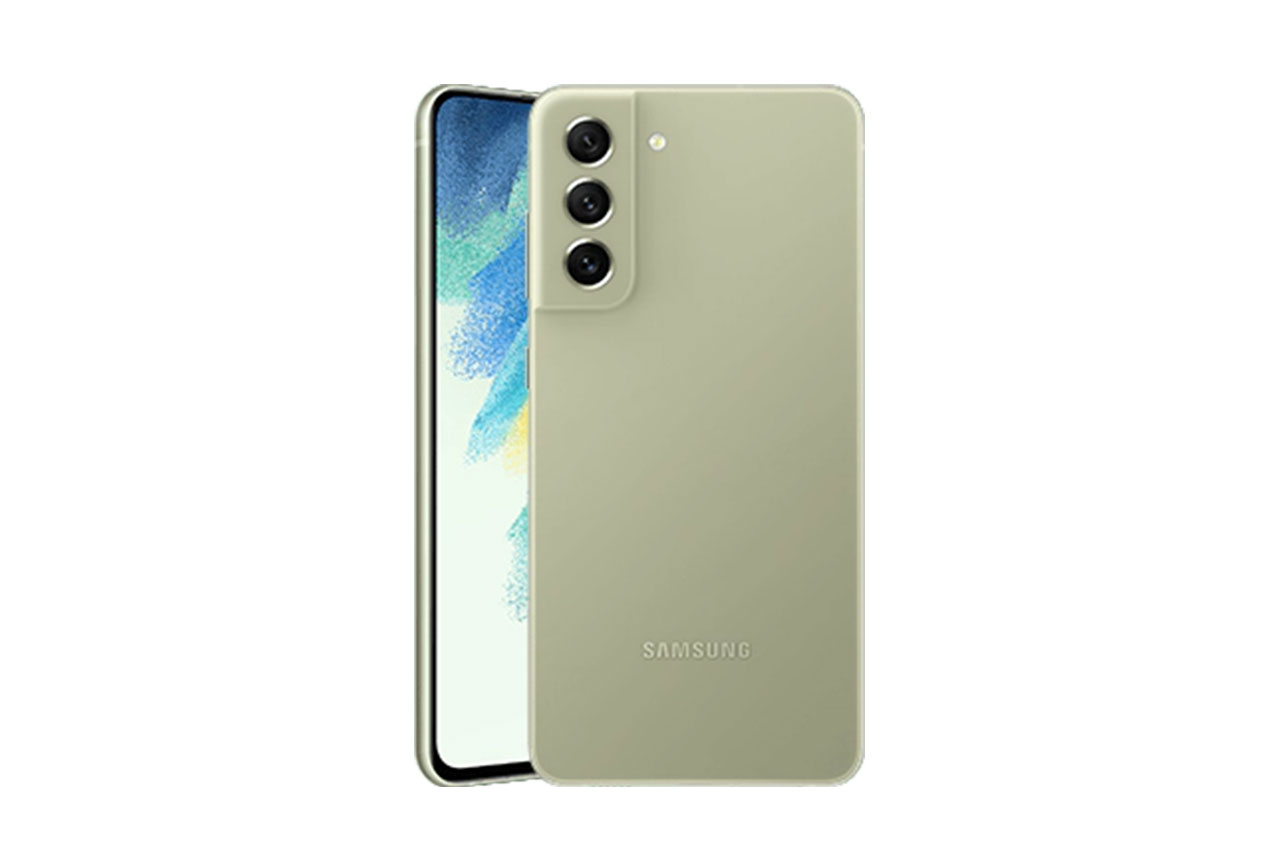
Samsung Galaxy S21 FE 5G (Snapdragon)


Use cases & Conditions
Use case scores indicate the product performance in specific situations. They are not included in the overall score calculations.
Outdoor
Photos & videos shot in bright light conditions (≥1000 lux)
Indoor
Photos & videos shot in good lighting conditions (≥100lux)
Lowlight
Photos & videos shot in low lighting conditions (<100 lux)
Friends & Family
Portrait and group photo & videos
Pros
- Good exposure and contrast
- Nice color in indoor and outdoor images
- Good texture in bright light
- Pretty accurate subject isolation in bokeh mode
- Accurate exposure, white balance and focus preview when zooming
- Good exposure in low contrast video
- Accurate white balance and color in bright light and indoor video
- Generally good video autofocus
- Good video stabilization for static scenes
Cons
- Limited dynamic range results in highlight clipping
- Limited depth of field
- Image noise in photo and video, strong noise in low light videos
- Ghosting, hue shift and color fringing artifacts
- Occasionally inaccurate color when zooming
- Slight underexposure in high-contrast videos
- Frame shifts and ringing artifacts in video
The Samsung Galaxy S21 FE 5G (Snapdragon) camera does a respectable job, earning itself a DXOMARK Camera score of 120 that puts it into a mid-field position in the Premium segment. The score is one point higher than the S21 5G (Snapdragon), making the FE model a great alternative to the standard model for photocentric users. This said, with the S21 5G having been available at retailers for several months now its street price has come down to a level that is very close to the FE. Overall, the camera performs on a very similar level to the other models in the S21 series from Samsung.
In this shot and the graph below, we can see that the Samsung Galaxy S21 FE’s texture performance has been improved over the Samsung Galaxy S21 5G. Textures are slightly more refined in all light conditions.
The preview image in bokeh mode is very close to the final capture.
In bokeh mode, images can sometimes be slightly underexposed, but the simulated bokeh effect provides mostly accurate depth estimation, with only a few visible depth artifacts.
When using the tele zoom, exposure is generally accurate and stable, but dynamic range is limited, which can result in highlight clipping in high contrast scenes. Our testers also observed a loss of detail at most tele and ultra-wide zoom settings, as well as some autofocus failures.
In video mode, the Samsung Galaxy S21 FE 5G (Snapdragon) records footage with good exposure in low-contrast scenes. However, in more difficult high-contrast conditions video clips tend to be underexposed. The comparison devices below are doing better in this respect.
Our testers also observed some color and white balance instabilities but overall white balance and color rendering are generally accurate when recording in bright light or under typical indoor conditions. In low light, an orange cast is more intrusive than on the comparison phones. Noise is quite visible in all conditions, it’s particularly strong in low light. We also noticed frame shift and ringing artifacts in all conditions. Video stabilization does a good job in static scenes and is on a similar level as the competitors.
In this sample clip, we can see that at the start of the video the subject is slightly underexposed. Strong color and exposure instabilities are noticeable between 00:19 and 00:25 are visible. We can also see frame shifts and an exposure adaptation issue towards the end of the clip when the model turns around.


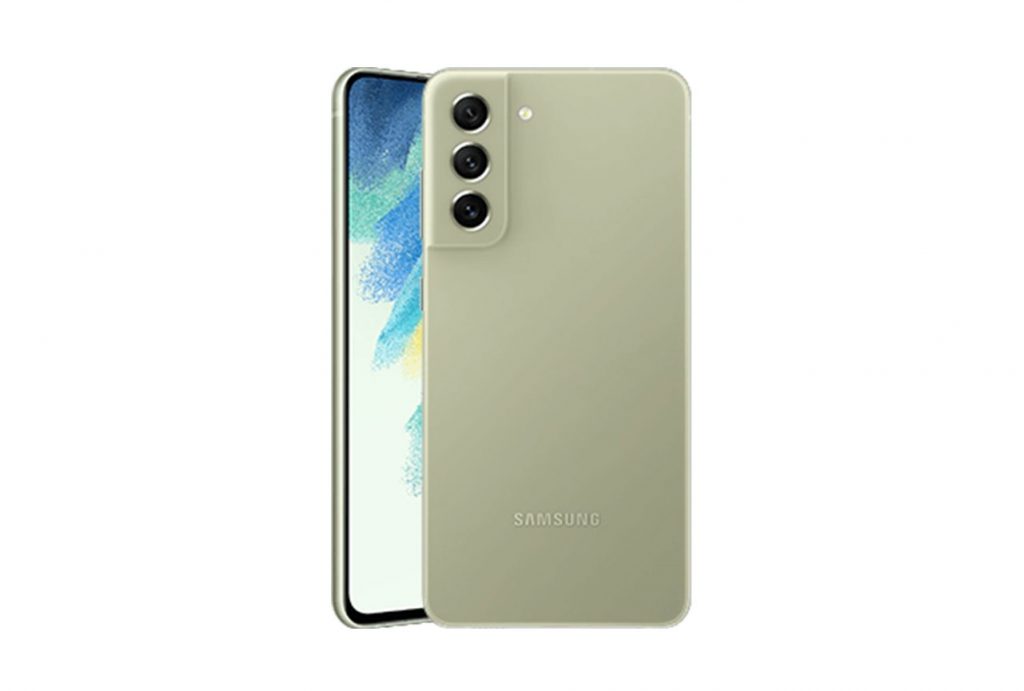
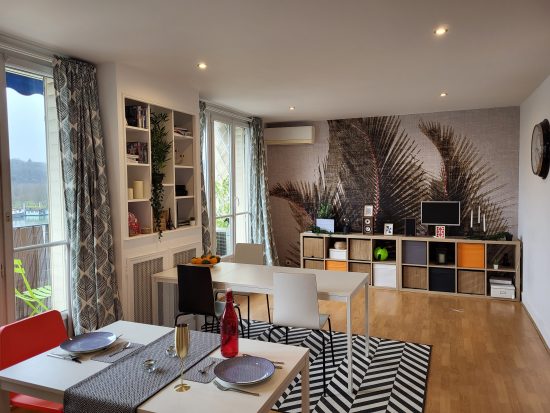
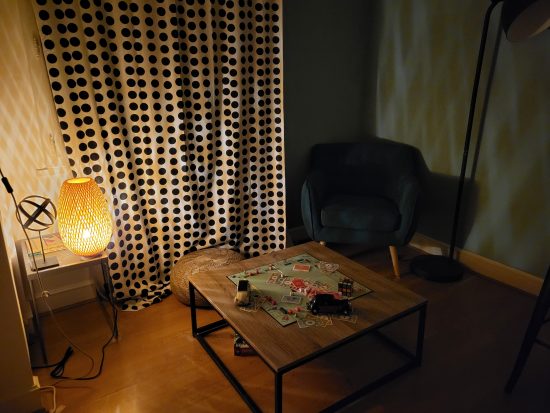
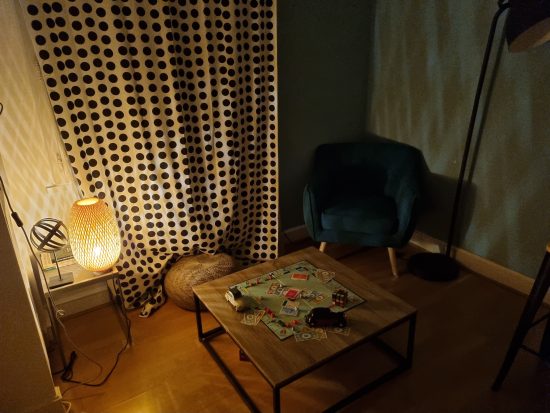
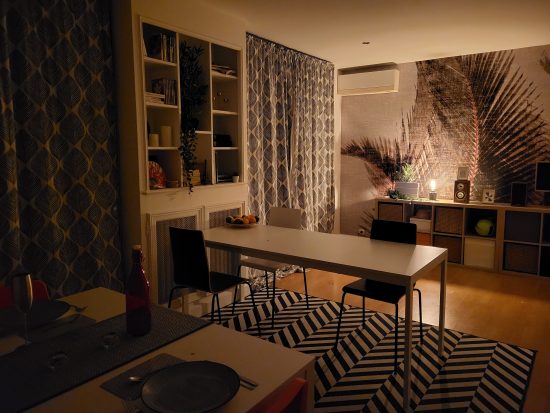
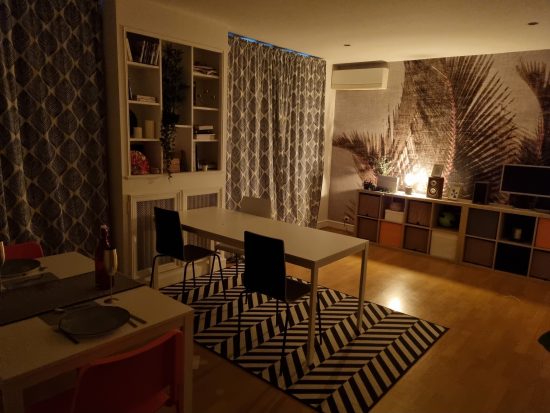
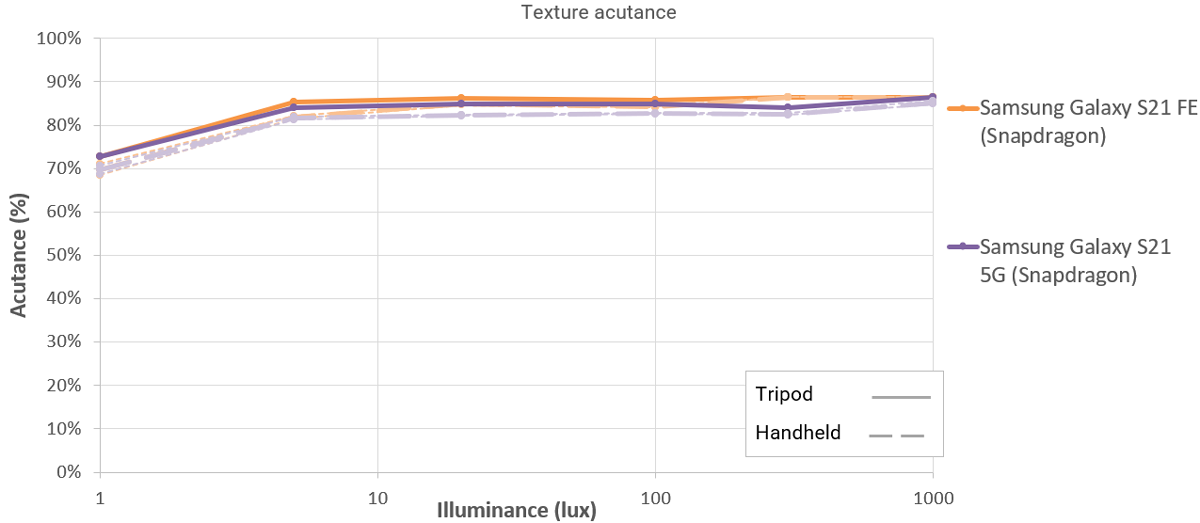
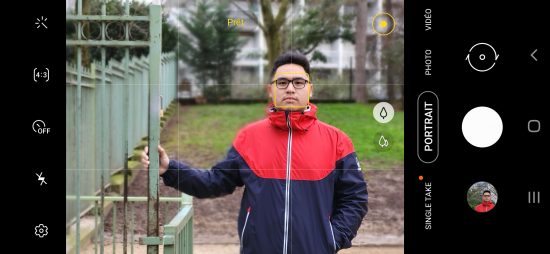



DXOMARK encourages its readers to share comments on the articles. To read or post comments, Disqus cookies are required. Change your Cookies Preferences and read more about our Comment Policy.